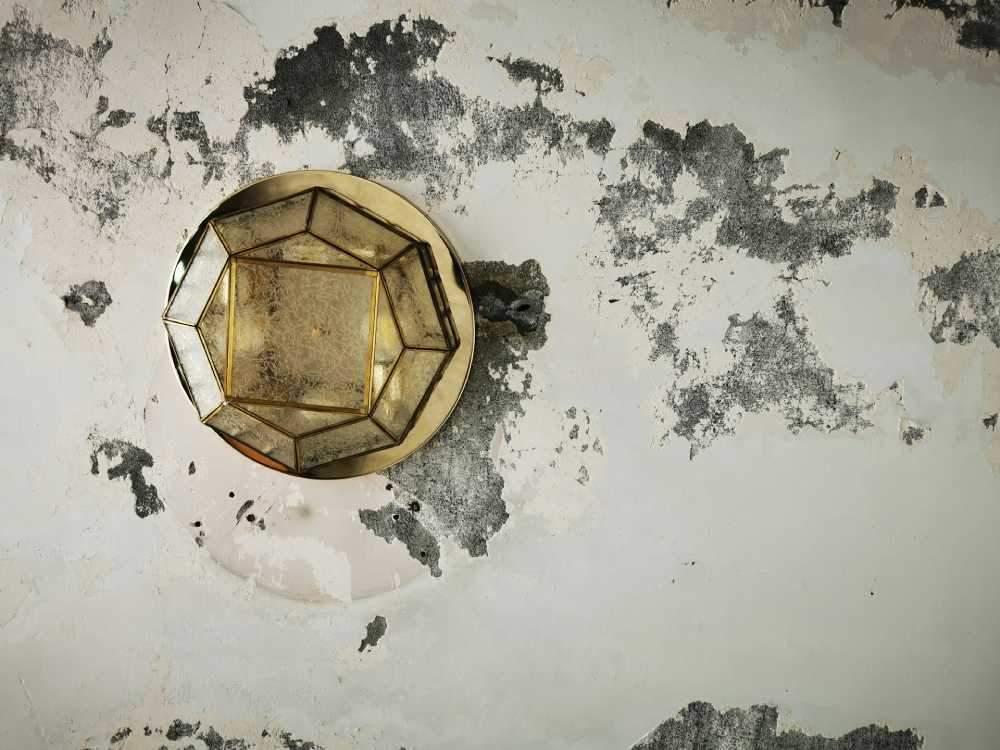Essentials of Attic Mold Remediation: Understanding and Tackling the Fungi in Your Home
Far from the daily hustle and bustle of household activities lies the attic—a space often neglected yet susceptible to an unwelcome guest: mold.
With over a thousand types of mold potentially affecting homes, the most common perpetrators found in attics include Cladosporium, Penicillium, and the infamous black mold, Stachybotrys chartarum. These molds flourish in environments with persistent moisture, which attics often provide due to their limited exposure to sunlight and airflow.
Without proper prevention and maintenance, this secluded space can host a mold problem significant enough to weaken wooden structures, corrode materials, and pose severe health risks, making understanding and controlling attic mold an essential aspect of home care.
The health implications associated with attic mold range from mild allergic reactions to severe respiratory issues, particularly in individuals with asthma or compromised immune systems. Young children, older people, and pets are also at a higher risk. These health risks underscore the urgency of recognizing and managing mold growth effectively.
Further knowledge about these factors can be a homeowner’s primary defense against these silent destroyers of indoor air quality.
Signs of Attic Mold Infestation
Attic mold often goes unnoticed until it becomes a significant issue, mainly because attic visits are infrequent for most homeowners.
Be vigilant for visual cues when inspecting, such as discolored streaks or fuzzy growths on wooden beams and sheathing. These indicators are often accompanied by a strong, musty odor—a telltale sign of mold presence. However, the absence of a smell doesn’t rule out a mold issue.
Sometimes, the onset of unexplained health symptoms among residents, such as persistent headaches, could signal the presence of mold. It’s crucial to conduct a thorough inspection or engage a professional mold removal Seattle if any signs of attic mold are suspected, as early detection can drastically reduce the scope and cost of remediation.
Prevention Strategies for Attic Mold
When it comes to attic mold, prevention is indeed better than cure. Prioritizing adequate ventilation is essential; this can be achieved through soffit vents, ridge vents, or gable vents, facilitating air circulation and lowering humidity levels.
Insulation, too, is a double-edged sword—while it is vital for energy efficiency, improperly installed insulation can trap moisture and create a habitat for mold to increase. Beyond structural considerations, habitual attic checks are crucial. Look for any water intrusion following rainstorms or signs of condensation that could indicate excessive moisture.
Simple actions like ensuring bathroom fans vent outside rather than into the attic space can significantly minimize dampness. By proactively managing these conditions, homeowners considerably reduce the risk of mold establishing a foothold in their homes.
DIY vs. Professional Mold Remediation
Upon discovering mold, homeowners may consider tackling the issue themselves. For small, contained areas, a diligent homeowner can use a mix of water and mild detergent to clean non-porous surfaces.
However, dealing with more extensive contamination or toxic black mold requires specialized equipment and expertise. In these scenarios, professional remediation services are recommended and necessary to safely and effectively eliminate the mold and prevent future growth.
Moreover, experienced teams are equipped with protective gear and HEPA vacuums to handle toxic substances in a manner that DIY efforts cannot safely replicate. This distinction between DIY and professional approaches to mold remediation underscores the importance of an accurate assessment before attempting to manage the situation independently.
Steps in Professional Mold Remediation
Professional mold remediation follows a structured protocol to ensure thorough elimination and prevent mold from returning. Experts begin with a meticulous assessment, using moisture meters and infrared cameras to pinpoint the mold’s extent and source.
Following this, they contain the affected area, employing negative air machines to prevent cross-contamination with unaffected parts of the home. The removal involves specialized methods such as HEPA vacuuming, antimicrobial washing, and, when necessary, discarding porous materials that can’t be salvaged.
Upon completion, the remediation team will usually perform another evaluation to ensure the treatment was successful and offer recommendations to prevent recurrence.
Post-Remediation: Ensuring Mold Doesn’t Return
After professional remediation, homeowners are provided with responsibilities. Sustained efforts must be made to maintain the attic’s dryness and prevent mold from making an unwelcome comeback.
Simple follow-up actions include monitoring humidity levels, repairing roof leaks expediently, and ensuring insulation remains dry and intact. Professional-grade dehumidifiers or upgraded ventilation systems for ongoing moisture control are also worth considering.
Choosing the Right Mold Remediation Service
Choosing the proper mold remediation service can feel daunting. Credentials are critical; reputable services will have certifications from industry bodies. Testimonials and reviews from past clients can offer insights into the reliability and effectiveness of their work.
Discussing the operation details beforehand is also advisable, ensuring clarity on what methods will be used and how the team plans to prevent future mold problems. A trustworthy service will provide a clear contract outlining the scope of work, warranty details, and any guarantees regarding eliminating mold from your attic.

